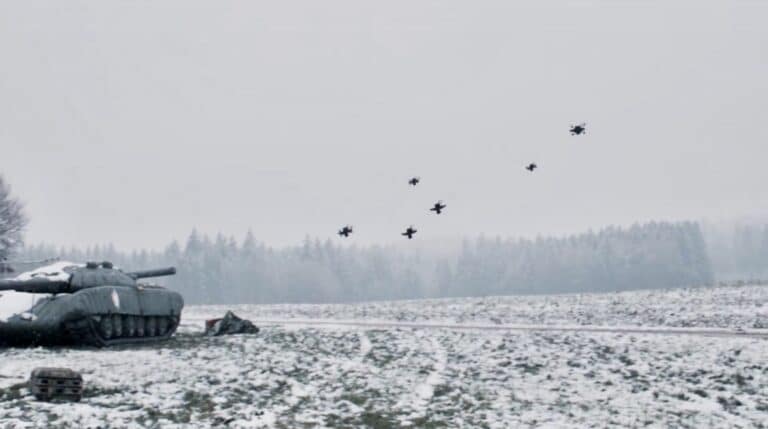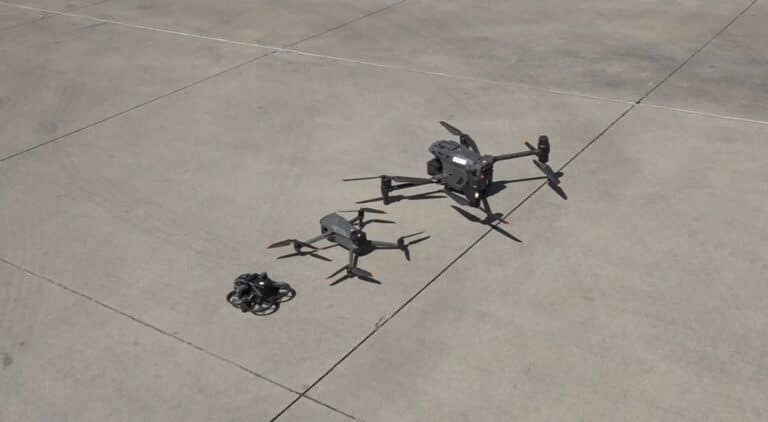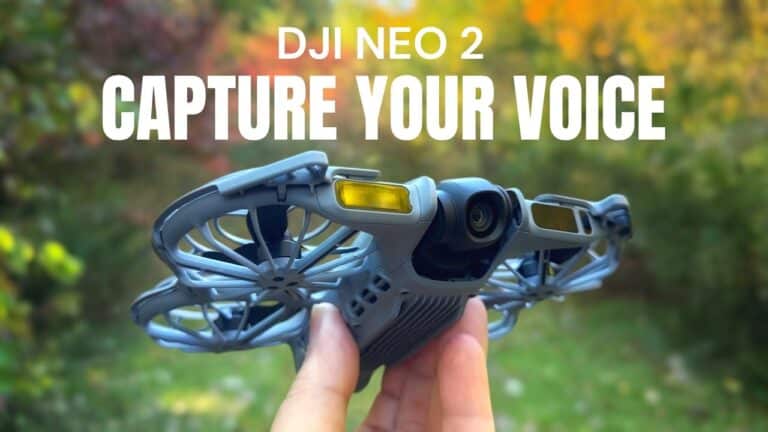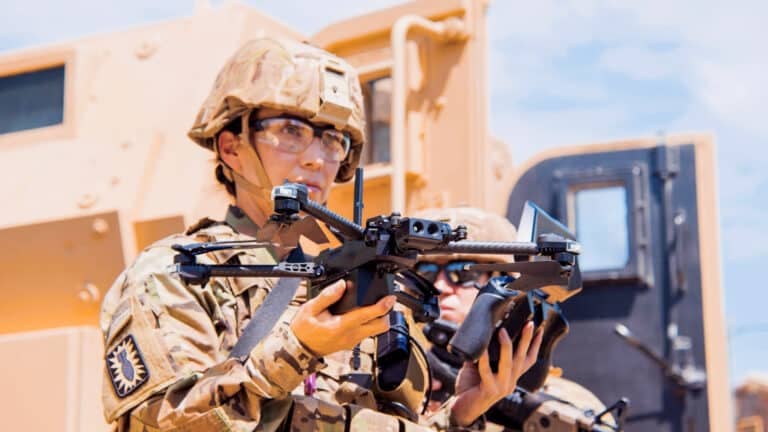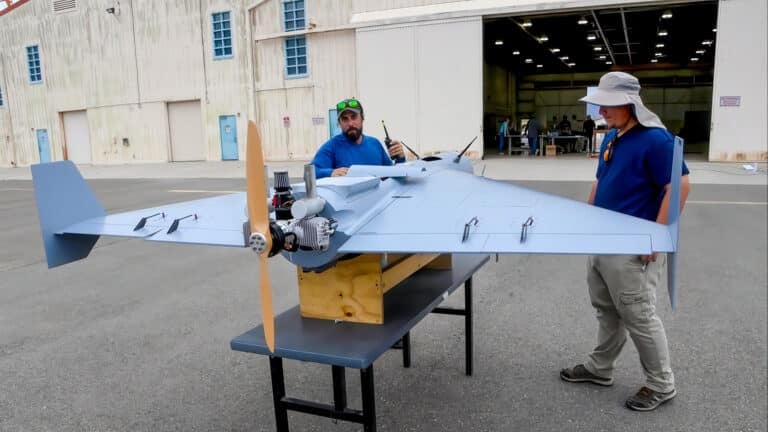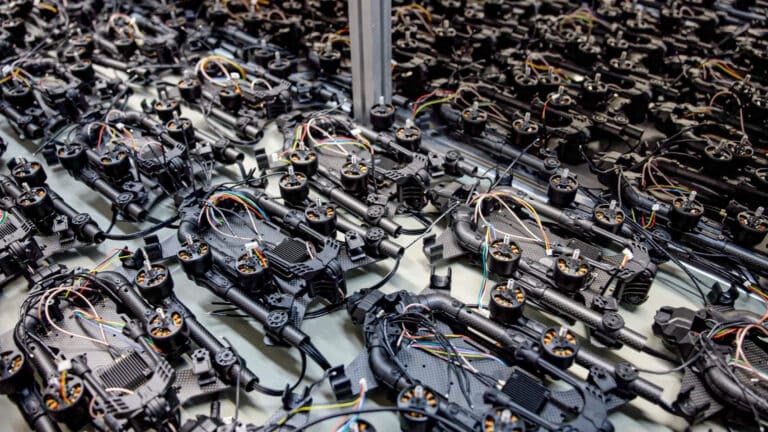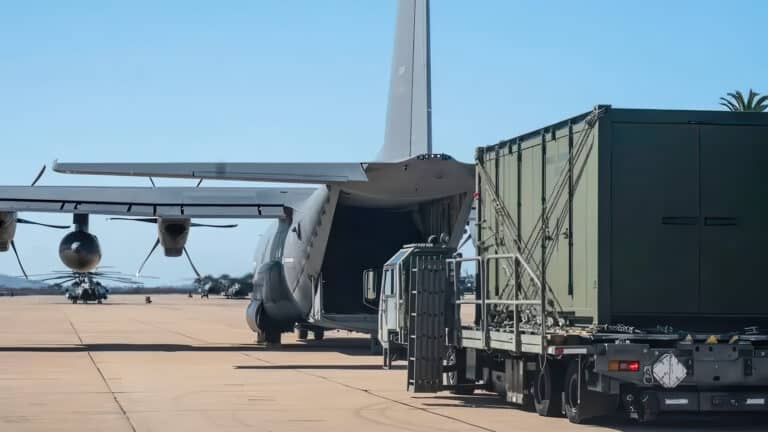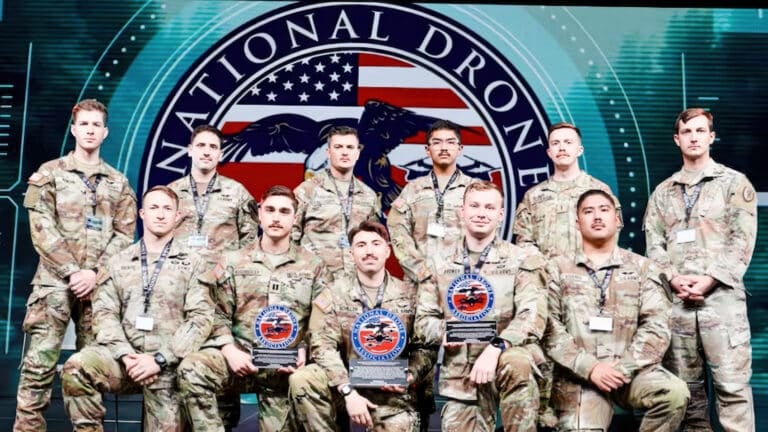Thermal Drones Revolutionize Wildlife Management in Alaska’s Bear Country

Amazon Drone Deals: DJI Mini 5 Pro Fly More Combo with DJI RC2 now for $1,099!
Researchers tracking Sitka black-tailed deer in Alaska’s Kodiak Archipelago have discovered that thermal drones dramatically improve wildlife capture operations while enhancing safety in bear-dense environments, according to findings published in the Wildlife Society Bulletin.
Game-Changing Technology in Challenging Terrain
The dense vegetation and rugged landscape of Afognak Island presented significant challenges for Alaska Department of Fish and Game biologists attempting to collar Sitka black-tailed deer (Odocoileus hemionus sitkensis). Traditional ground-based tracking methods proved largely ineffective, with deer remaining hidden in thick brush and easily spooked before darting was possible.
“After three days, we were getting very disheartened,” said Shannon Finnegan, who worked with Koniag Native Corporation during the study. The breakthrough came when the team deployed a quadcopter equipped with thermal imaging technology, transforming their operation almost immediately.
The thermal drone revealed that deer were abundant but concealed by vegetation. “There were a lot more animals near us than we realized,” Finnegan noted. This discovery enabled the team to efficiently locate and collar eight out of their initial ten deer using the aerial technology.
Enhanced Safety and Precision
Wildlife biologist William Dunker faced multiple risks during the October field operations. Darting deer in the Kodiak Archipelago carried significant dangers, including the possibility of tranquilized animals drowning in nearby waterways, falling from cliffs, or attracting the region’s notorious Kodiak bears (Ursus arctos middendorffi).
The thermal drone provided crucial situational awareness, allowing operators to:
- Selectively target specific deer demographics (adult females, pregnant females, or males)
- Guide ground personnel precisely to hidden animals
- Monitor darted deer to prevent accidents during sedation
- Conduct continuous bear surveillance during vulnerable field operations
“It just made the whole procedure more efficient,” Finnegan explained. The drone operator could provide real-time guidance via radio, alerting the field biologist when to prepare for darting even before visual confirmation from the ground.

Broader Applications for Wildlife Management
The success of thermal drones in deer management suggests promising applications across wildlife conservation. Researchers believe similar technology could improve safety during problem bear management in Alaskan towns and assist with non-lethal predator control, such as wolf hazing operations in Oregon.
The technology addresses a critical challenge in wildlife research—balancing data collection needs with human safety concerns in remote or dangerous environments. For researchers studying the Sitka black-tailed deer population, which experiences fluctuations based on climate conditions, obtaining accurate movement and foraging data is essential for developing effective management strategies.
Changing Perspectives on Drone Utilization
Despite initial skepticism about drone technology, the field results proved compelling. “We kind of fell into the drone world reluctantly on my part,” Finnegan admitted. “I thought they were a bit overrated.”
The dramatic improvement in capture efficiency changed this perspective. “We’ve had a lot more success capturing the deer faster than they had been able to do in the southeast [of Alaska],” she noted. This efficiency translates to reduced stress on wildlife and decreased field time for researchers in challenging environments.
DroneXL’s Take
This application demonstrates how drone technology continues to find unexpected utility in specialized scientific fields. The integration of thermal imaging with unmanned aerial systems offers a compelling case study in how relatively accessible technology can solve complex field research challenges while reducing risks to both humans and wildlife.
As thermal imaging technology becomes more affordable and drone platforms more sophisticated, wildlife researchers worldwide will likely adopt similar methods—potentially revolutionizing data collection for population studies, migration tracking, and conservation efforts in areas where traditional approaches fall short.
Photos courtesy of Shannon Finnegan
Discover more from DroneXL.co
Subscribe to get the latest posts sent to your email.
Check out our Classic Line of T-Shirts, Polos, Hoodies and more in our new store today!

MAKE YOUR VOICE HEARD
Proposed legislation threatens your ability to use drones for fun, work, and safety. The Drone Advocacy Alliance is fighting to ensure your voice is heard in these critical policy discussions.Join us and tell your elected officials to protect your right to fly.
Get your Part 107 Certificate
Pass the Part 107 test and take to the skies with the Pilot Institute. We have helped thousands of people become airplane and commercial drone pilots. Our courses are designed by industry experts to help you pass FAA tests and achieve your dreams.

Copyright © DroneXL.co 2025. All rights reserved. The content, images, and intellectual property on this website are protected by copyright law. Reproduction or distribution of any material without prior written permission from DroneXL.co is strictly prohibited. For permissions and inquiries, please contact us first. DroneXL.co is a proud partner of the Drone Advocacy Alliance. Be sure to check out DroneXL's sister site, EVXL.co, for all the latest news on electric vehicles.
FTC: DroneXL.co is an Amazon Associate and uses affiliate links that can generate income from qualifying purchases. We do not sell, share, rent out, or spam your email.





